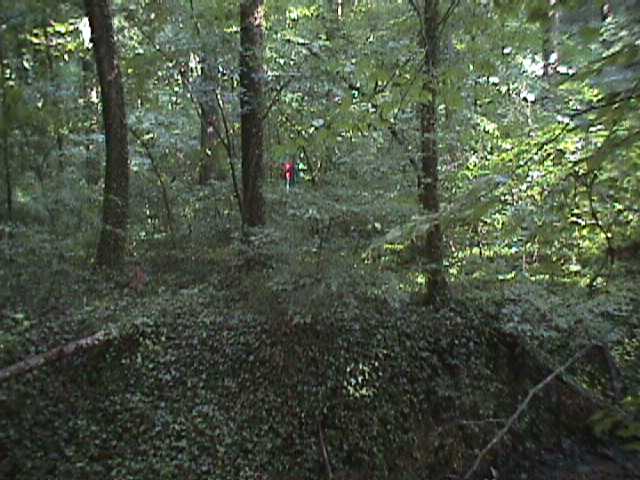| Home | Procedures | Sample Results | Trouble Shooting | Bibliography | Acknowledgements | Contacts |
Introduction:
Decomposition is the natural process where certain organisms break down the tissues of dead organisms into chemicals. One of the groups of microbes most actively involved in decomposition are the fungi. Fungi are organisms incapable of photosynthesis and obtain their food by eating other organic matter. Individual funguses come in the form of yeast and mold. Molds have a better chance of survival in sites with neutral pH levels, where there would be little yeast. Molds are more common in conditions favoring decomposition. Hence, where there is more mold then yeast, more decomposition is taking place.
During the decomposition process, these organisms release sulfur and carbon
dioxide. When carbon dioxide is released, it is absorbed by the surrounding
plants to be used for photosynthesis, but when sulfur is released, it stays in
the soil and reacts with other components to form sulfuric acid. Sulfur levels
in the soil therefore affect other critical elements such as Aluminum because as
the pH increases, the Aluminum decreases and vice versa.
However, high levels of active Aluminum can damage plant roots, preventing them from taking in nutrients. So, this relationship between fungi, sulfur, pH, and aluminum in the soil has a profound impact on the health of an ecosystem. Hence; when we found unusually low pH levels and high Aluminum levels in Site 1 despite all the plant life, we wanted to solve this problem. We believe that decomposition is playing a role in this and that the reason for this problem is the release of sulfur from the decomposition. We were eventually successful in proving our hypothesis.

E.S.S.R.E. Site 1